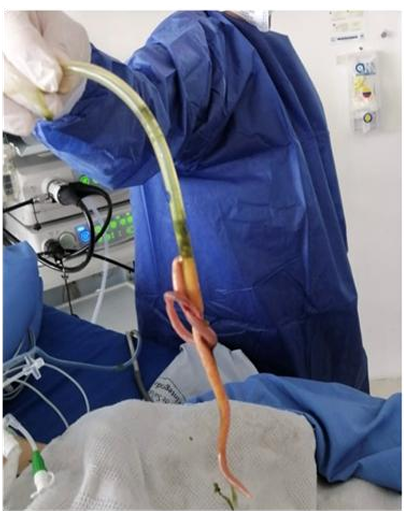Case of Debilitating Abdominal Pain: Gastric Twist Post Sleeve Gastrectomy
1. Abstract Gastric twist is a rare diagnosis that requires a high index of suspicion with debilitating outcome on the patient’s daily life if not managed appropriately.
Case of Debilitating Abdominal Pain: Gastric Twist Post Sleeve Gastrectomy Read More »










